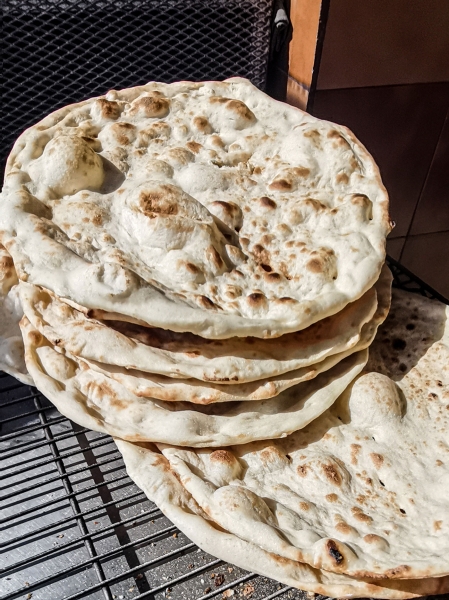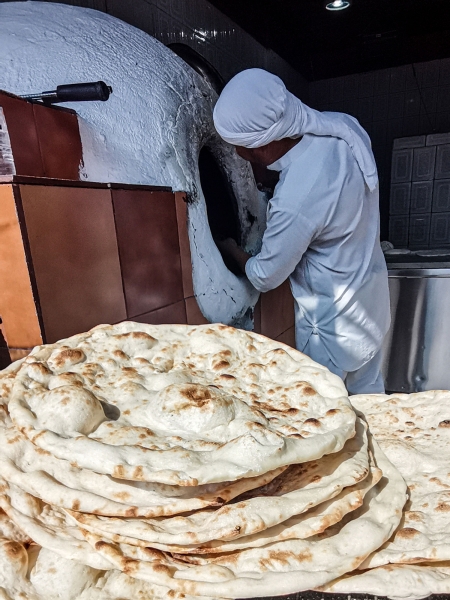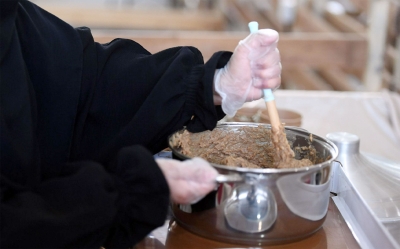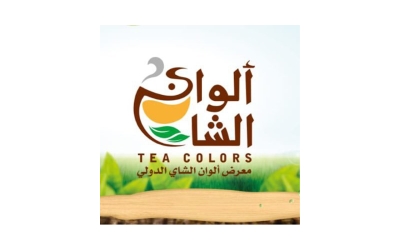

Tamees is a popular type of bread commonly served at breakfast and dinner tables in the Kingdom of Saudi Arabia. It is made using white or whole wheat flour and was initially known in the Makkah al-Mukarramah Province before spreading to other provinces of Saudi Arabia.
The origin of Tamees in Saudi Arabia
Makkah al-Mukarramah Province has been known as one of the most culturally diverse areas in Saudi Arabia in terms of culinary traditions, due to its religious centrality as the home of al-Kaaba al-Musharrafa, the holy sites, the Hajj and Umrah seasons, and the trade activity that has flourished there over time. Pilgrims and visitors brought with them various dishes common in their original communities, and tamees is one of the baked goods that emerged long ago with their arrival in Makkah al-Mukarramah.
Saudis usually eat tamees with a dish of foul (fava beans), which is a popular breakfast meal. For some Saudis, tamees with foul is considered a staple dish on the iftar table during Ramadan.
Preparation method of Tamees
Tamees is made from a thick dough called fatir, prepared using white or brown flour. The dough is shaped into medium-sized balls, and when it is time for baking, the dough is flattened and perforated with a special toothed tool to ensure even cooking. The surface is brushed with ghee and sprinkled with sesame seeds, black seeds, both, or left plain. Finally, it is baked in a special oven known as a tamees oven.
Types of Tamees
The types of tamees vary based on its thickness, baking method, and added ingredients, including plain tamees, Taif tamees, tamees with sesame and black seeds, ghee tamees, biscuit tamees, and cheese tamees. The price of a loaf depends on its type and the added ingredients, ranging from SAR1 and SAR5.
The profession of making tamees is associated with firana (baking profession), and the person who prepares it is called a baker. This is one of the traditional professions commonly practiced in the urban areas of Makkah al-Mukarramah.
Related quizzes
Related articles


